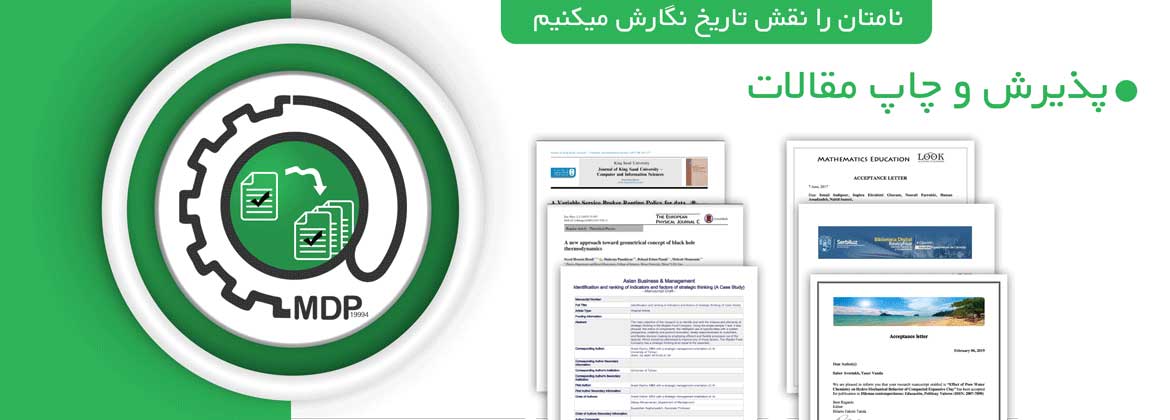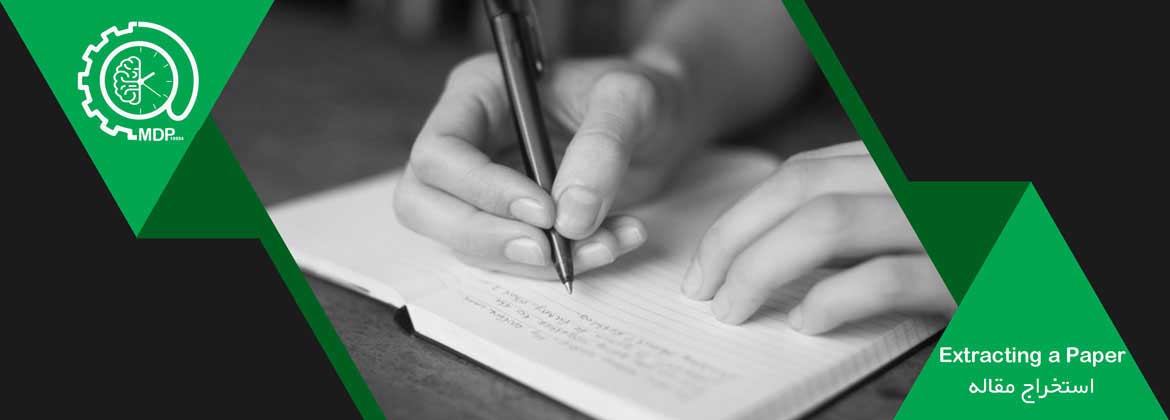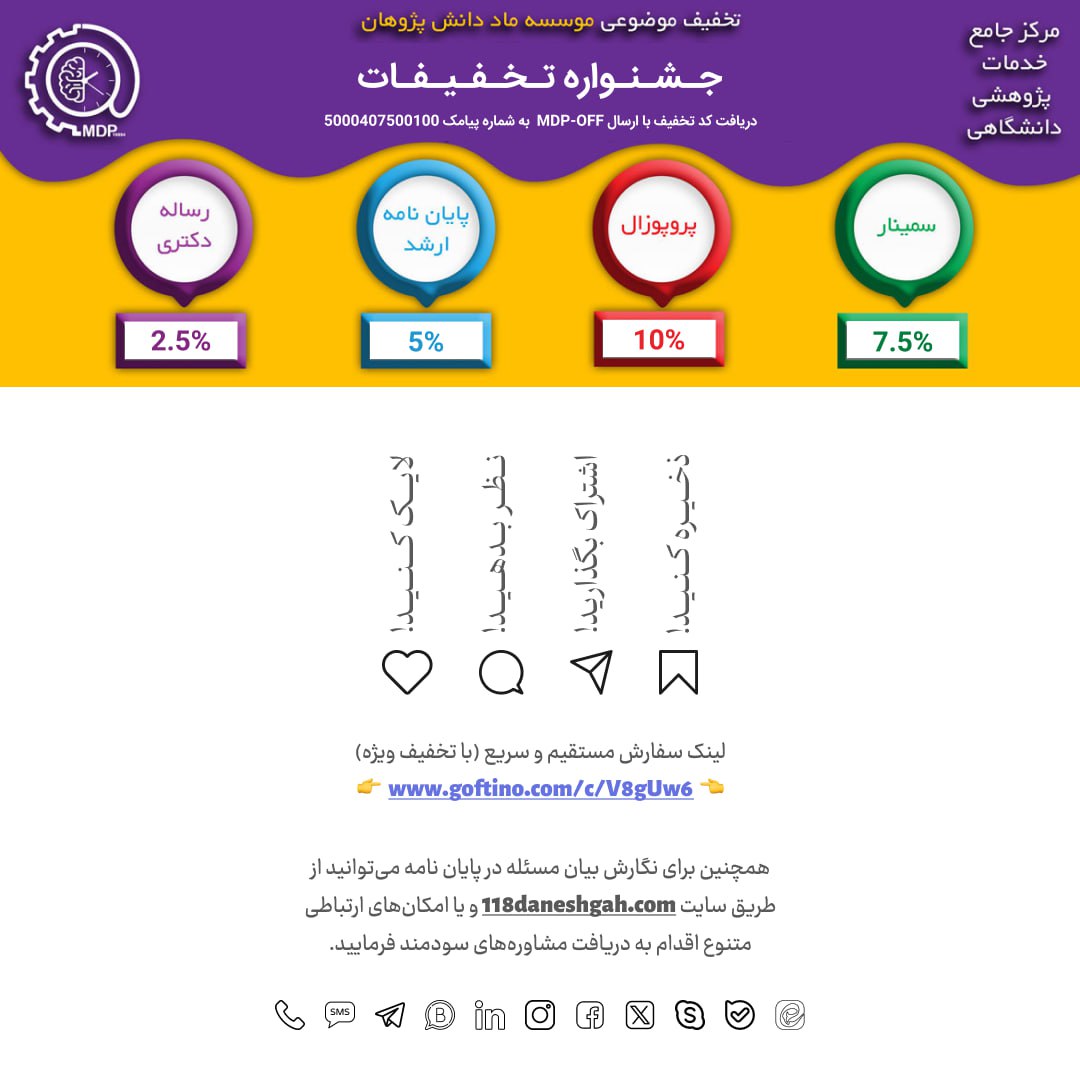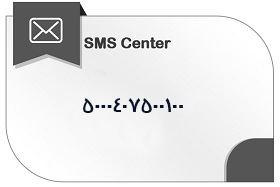|
First Author1, Second Author2, Third Author3 1Affiliation, Country, Email 2Affiliation, Country, Email 3Affiliation, Country, Email |
Abstract
These instructions give you guidelines for preparing papers for the Journals of The World Academy of Research in Science and Engineering. Use this document as a template if you are using Microsoft Word 6.0 or later. Otherwise, use this document as an instruction set. Define all symbols used in the abstract. Do not cite references in the abstract.
Key words : About four key words or phrases in alphabetical order, separated by commas.
- 1.INTRODUCTION
Highlight a section that you want to designate with a certain style, then select the appropriate name on the style menu. The style will adjust your fonts and line spacing. Do not change the font sizes or line spacing to squeeze more text into a limited number of pages.
1.1 Final Stage
When you submit your final version, after your paper has been accepted, prepare it in two-column format, including figures and tables.
1.2 Figures
As said, to insert images in Word, position the cursor at the insertion point and either use Insert | Picture | From File or copy the image to the Windows clipboard and then Edit | Paste Special | Picture (with “Float over text” unchecked).
The authors of the accepted manuscripts will be given a copyright form and the form should accompany your final submission.
2. UNITS
Use either SI (MKS) or CGS as primary units. (SI units are strongly encouraged.) English units may be used as secondary
2.1 Figures and Tables
Because the final formatting of your paper is limited in scale, you need to position figures and tables at the top and
bottom of each column. Large figures and tables may span both columns. Place figure captions below the figures; place table titles above the tables. If your figure has two parts, include the labels “(a)” and “(b)” as part of the artwork. Please verify that the figures and tables you mention in the text actually exist. Do not put borders around the outside of your figures. Use the abbreviation “Figure.” even at the beginning of a sentence. Do not abbreviate “Table.” Tables are numbered with numerals.
Figure axis labels are often a source of confusion. Use words rather than symbols. As an example, write the quantity “Magnetization,” or “Magnetization M,” not just “M.” Put units in parentheses. Do not label axes only with units. As in Figure 1, for example, write “Magnetization (A/m)” or “Magnetization (Am-1),” not just “A/m.” Do not label axes with a ratio of quantities and units. For example, write “Temperature (K),” not “Temperature/K.”
Multipliers can be especially confusing. Write “Magnetization (kA/m)” or “Magnetization (103 A/m).” Do not write “Magnetization (A/m) ´ 1000” because the reader would not know whether the top axis label in Figure 1 meant 16000 A/m or 0.016 A/m. Figure labels should be legible, approximately 8 to 12 point type.
Figure 1: Architecture of the Enhanced Fuzzy Resolution Mechanism using ANFIS
| Abbreviation | Fullname |
| age | age in years |
| sex | sex (1 = male; 0 = female) |
| cp | chest pain type |
| trestbps | resting blood pressure (in mm Hg) |
| chol | serum cholestoral in mg/dl |
Table 1: Attributes of Cleveland dataset
2.2 References
Number citations consecutively in square brackets [1]. The sentence punctuation follows the brackets [2]. Multiple references [2], [3] are each numbered with separate brackets [1]–[3]. When citing a section in a book, please give the relevant page numbers [2]. In sentences, refer simply to the reference number, as in [3]. Do not use “Ref. [3]” or “reference [3]” except at the beginning of a sentence: “Reference [3] shows ... .” Number footnotes separately in superscripts (Insert | Footnote).Equations
(1)
Be sure that the symbols in your equation have been defined before the equation appears or immediately following. Italicize symbols (T might refer to temperature, but T is the unit tesla). Refer to “(1),” not “Eq. (1)” or “equation (1),” except at the beginning of a sentence: “Equation (1) is ... .”
2.4 Other Recommendations
Use one space after periods and colons. Hyphenate complex modifiers: “zero-field-cooled magnetization.” Avoid dangling participles, such as, “Using (1), the potential was calculated.” [It is not clear who or what used (1).] Write instead, “The potential was calculated by using (1),” or “Using (1), we calculated the potential.”
Use a zero before decimal points: “0.25,” not “.25.” Use “cm3,” not “cc.” Indicate sample dimensions as “0.1 cm ´ 0.2 cm,” not “0.1 ´ 0.2 cm2.” The abbreviation for “seconds” is “s,” not “sec.” Do not mix complete spellings and abbreviations of units: use “Wb/m2” or “webers per square meter,” not “webers/m2.” When expressing a range of values, write “7 to 9” or “7-9,” not “7~9.”
A parenthetical statement at the end of a sentence is punctuated outside of the closing parenthesis (like this). (A parenthetical sentence is punctuated within the parentheses.) In American English, periods and commas are within quotation marks, like “this period.” Other punctuation is “outside”! Avoid contractions; for example, write “do not” instead of “don’t.” The serial comma is preferred: “A, B, and C” instead of “A, B and C.”
If you wish, you may write in the first person singular or plural and use the active voice (“I observed that ...” or “We observed that ...” instead of “It was observed that ...”). Remember to check spelling. If your native language is not English, please get a native English-speaking colleague to proofread your paper.
3. SOME COMMON MISTAKES
The word “data” is plural, not singular. The subscript for the permeability of vacuum µ0 is zero, not a lowercase letter “o.” The term for residual magnetization is “remanence”; the adjective is “remanent”; do not write “remnance” or “remnant.” Use the word “micrometer” instead of “micron.” A graph within a graph is an “inset,” not an “insert.” The word “alternatively” is preferred to the word “alternately” (unless you really mean something that alternates). Use the word “whereas” instead of “while” (unless you are referring to simultaneous events). Do not use the word “essentially” to mean “approximately” or “effectively.” Do not use the word “issue” as a euphemism for “problem.” When compositions are not specified, separate chemical symbols by en-dashes; for example, “NiMn” indicates the intermetallic compound Ni0.5Mn0.5 whereas “Ni–Mn” indicates an alloy of some composition NixMn1-x.
Be aware of the different meanings of the homophones “affect” (usually a verb) and “effect” (usually a noun), “complement” and “compliment,” “discreet” and “discrete,” “principal” (e.g., “principal investigator”) and “principle” (e.g., “principle of measurement”). Do not confuse “imply” and “infer.”
Prefixes such as “non,” “sub,” “micro,” “multi,” and “"ultra” are not independent words; they should be joined to the words they modify, usually without a hyphen. There is no period after the “et” in the Latin abbreviation “et al.” (it is also italicized). The abbreviation “i.e.,” means “that is,” and the abbreviation “e.g.,” means “for example” (these abbreviations are not italicized).
An excellent style manual and source of information for science writers is [9].
4. EDITORIAL POLICY
The submitting author is responsible for obtaining agreement of all coauthors and any consent required from sponsors before submitting a paper. It is the obligation of the authors to cite relevant prior work.
5. CONCLUSION
A conclusion section is not required. Although a conclusion may review the main points of the paper, do not replicate the abstract as the conclusion. A conclusion might elaborate on the importance of the work or suggest applications and extensions.
APPENDIX
Appendixes, if needed, appear before the acknowledgment.
ACKNOWLEDGEMENT
The preferred spelling of the word “acknowledgment” in American English is without an “e” after the “g.” Use the singular heading even if you have many acknowledgments. Avoid expressions such as “One of us (S.B.A.) would like to thank ... .” Instead, write “F. A. Author thanks ... .” Sponsor and financial support acknowledgments are placed in the unnumbered footnote on the first page.
References
- Lin, M. Wu, J. A. Bloom, I. J. Cox, and M. Miller. Rotation, scale, and translation resilient public watermarking for images, IEEE Trans. Image Process., vol. 10, no. 5, pp. 767-782, May 2001.
(Book style)
(Book style with paper title and editor)
- The Spread Spectrum Concept, in Multiple Access, N. Abramson, Ed. Piscataway, NJ: IEEE Press, 1993, ch. 3, pp. 121-123.
(Published Conference Proceedings style)
- .
(Thesis or Dissertation style)
نگارش پروپوزال کارشناسی ارشد و دکتری - نگارش رساله دکتری - نگارش مقاله پژوهشی - نگارش مقاله ISI - نگارش مقاله مروری - نگارش مقاله کنفرانسی - نگارش پایان نامه کارشناسی ارشد - استخراج مقاله


















